The relationship between broadband, Ethernet, fiber optic, and routers is closely interconnected. Fiber optic and Ethernet serve as physical transmission mediums, carrying broadband signals; routers are responsible for forwarding these signals to various network devices, enabling network connectivity. These components together constitute a complete network system, providing users with high-speed, stable, and convenient network services.
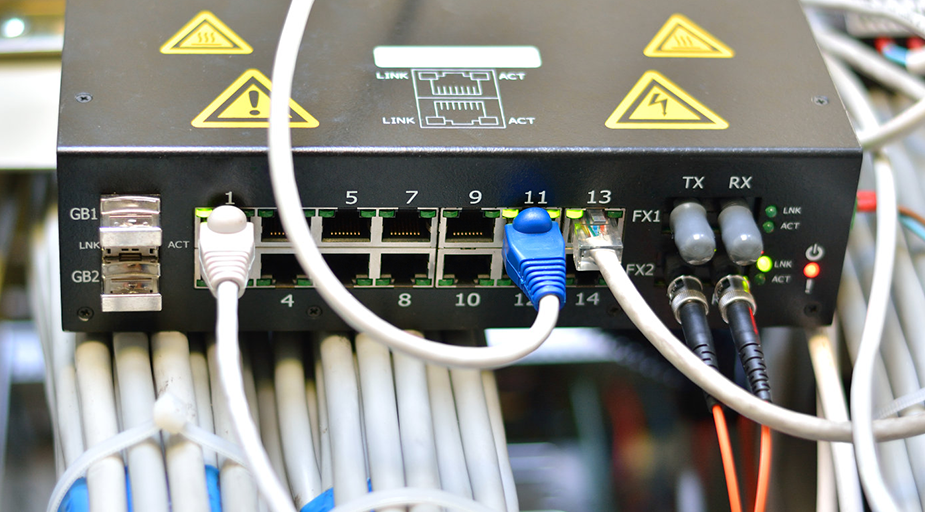
1、Broadband
In essence, it refers to a network with extremely high-speed data transmission capabilities.
In everyday communication, whether mentioned by service providers or users, broadband actually refers to the service of high-speed data transmission utilizing a dedicated network provided by specific service providers.
2、Ethernet Cable
Ethernet cables, as essential signal transmission mediums for data transfer and internet access, are one of the key carriers in wired forms.
In today's network architecture, Ethernet cables primarily appear in the segment after fiber optic reaches households, connecting the optical network terminal (ONT) with switches, routers, and other devices. Outdoor lines commonly utilize fiber optics as the transmission medium to meet the demands for higher speeds and longer distances.
3、Fiber Optic
Fiber optic can be seen as a faster version of "Ethernet cable" in terms of transmission speed.
The reason fiber optic achieves such high-speed transmission lies in its utilization of light for information propagation. Once fiber optic reaches households, these light signals are converted back into electrical signals, ensuring smooth transmission of information.
4、Optical Network Terminal (ONT)
Its primary function is to convert the optical signals transmitted through "fiber optic" into electrical signals of other protocols, enabling data transmission and processing through media such as Ethernet cables to connect to routers or switches.
5、Switch
A switch can be simply understood as a "bridge" for network terminal devices, capable of connecting multiple devices to a local area network (LAN) and enabling intercommunication among devices.
For example, community access control and intercom systems are connected to the LAN via switches, thereby facilitating information sharing and interaction.
It's worth mentioning that in modern router products, the functionality of a switch is typically integrated, allowing routers not only to provide network connectivity but also to connect multiple devices, forming a small-scale LAN.
6、Router
It serves as the essential bridge for devices to connect to the external network. It typically supports both wired and wireless connection methods. Among them, a wireless router is what we commonly refer to as WiFi for internet access, while a wired router involves computers connecting directly to the router via Ethernet cables for internet access. Regardless of the method, routers play a crucial role in enabling our devices to connect to the internet stably and swiftly.
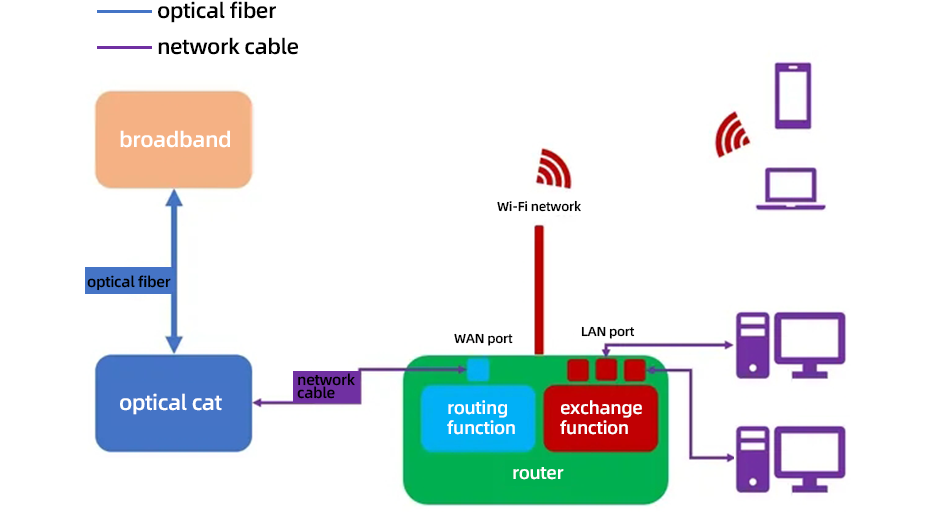
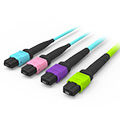
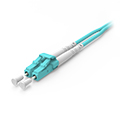
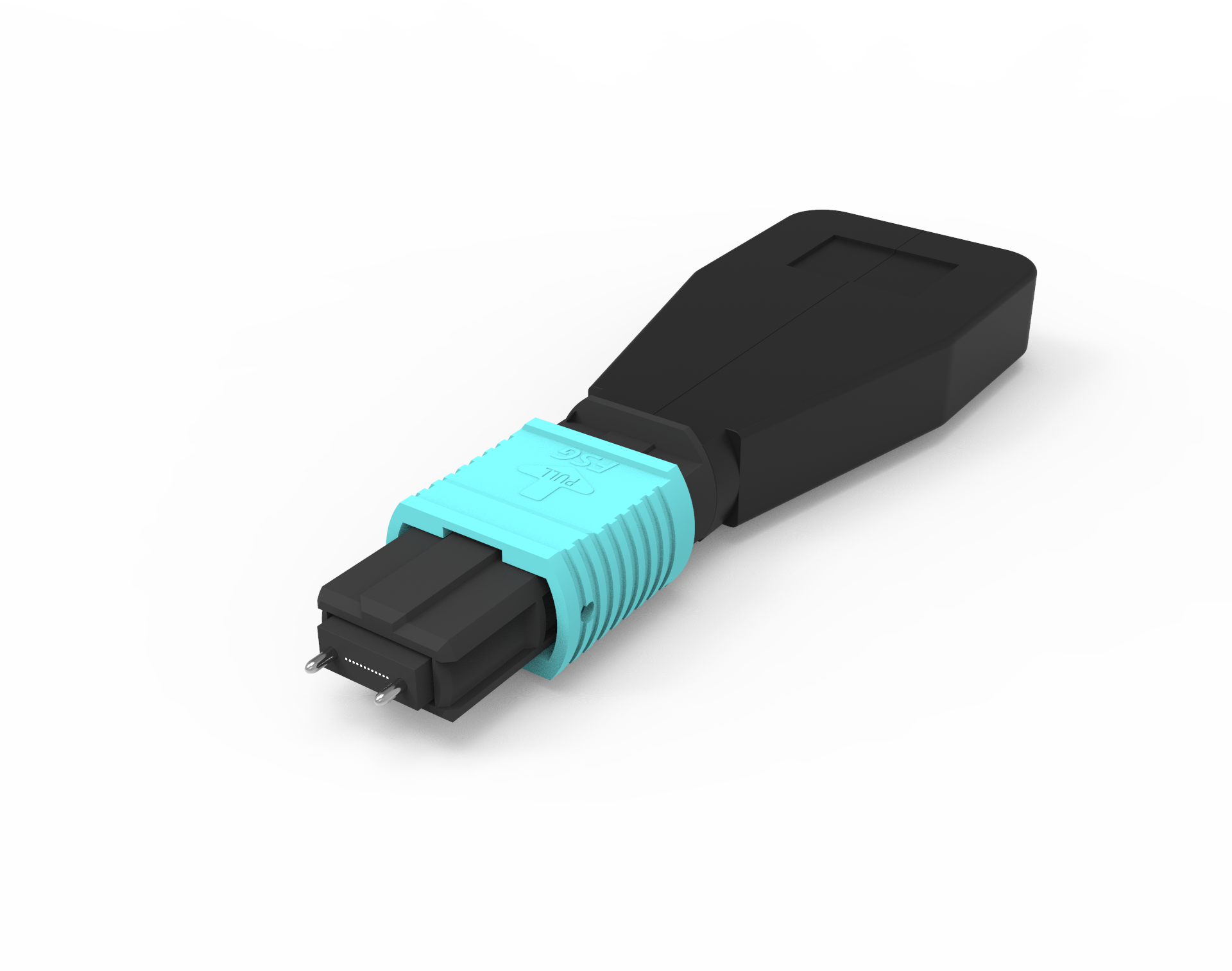
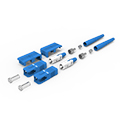
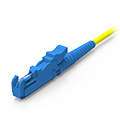

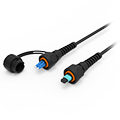
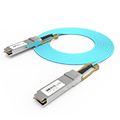

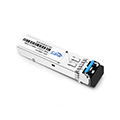
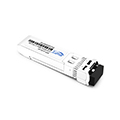

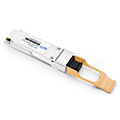
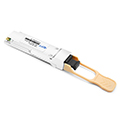

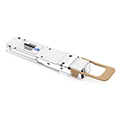
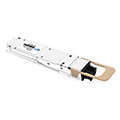
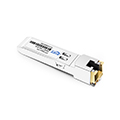


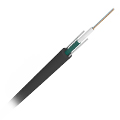



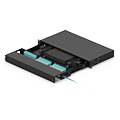
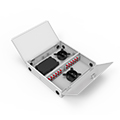
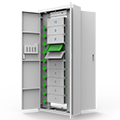
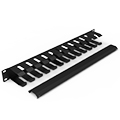
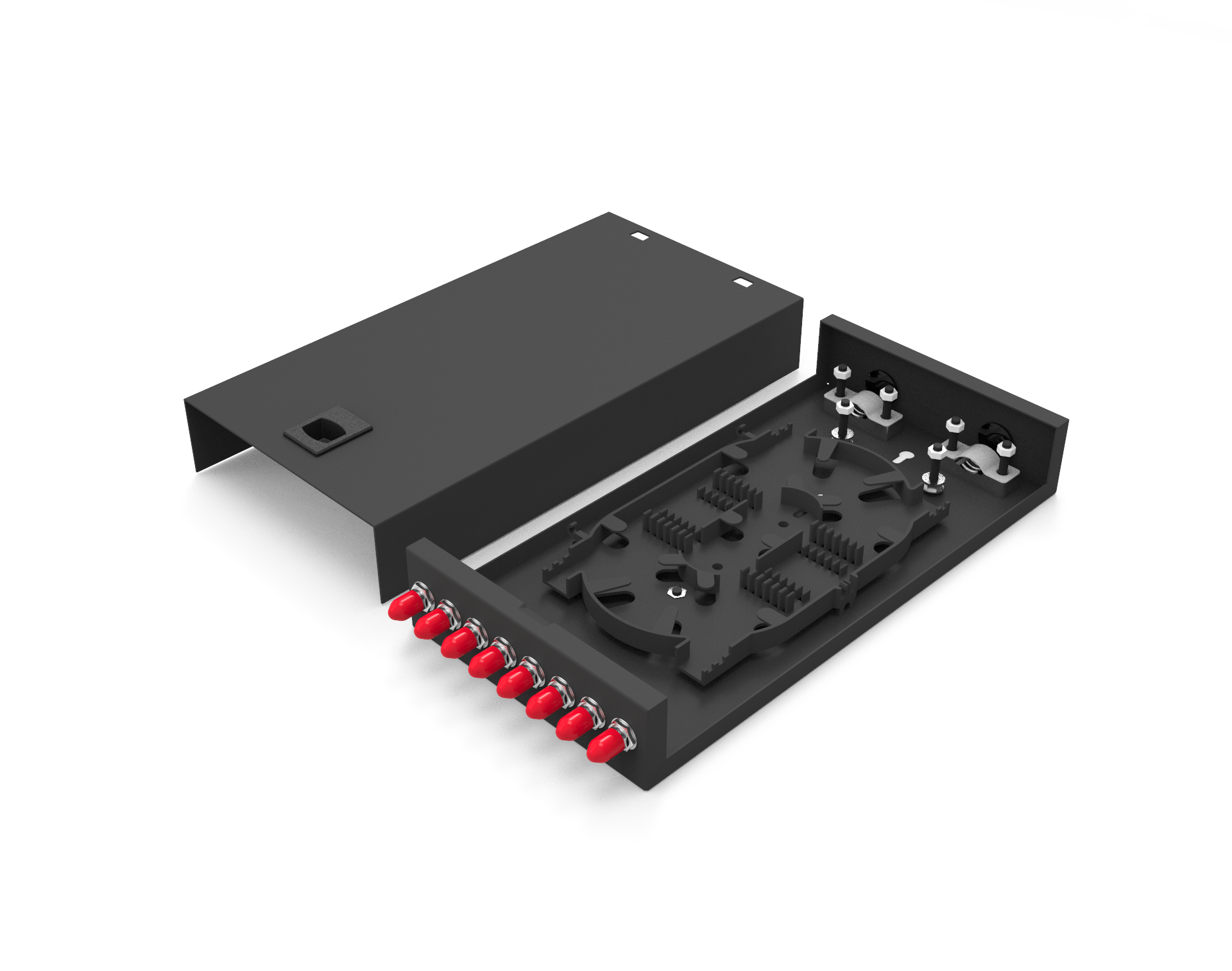
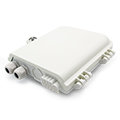
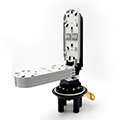
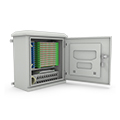
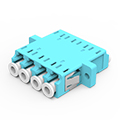
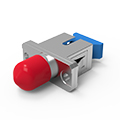
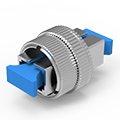
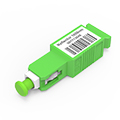
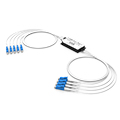
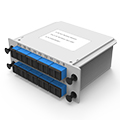

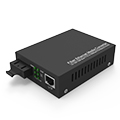

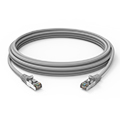
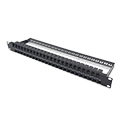
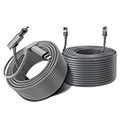
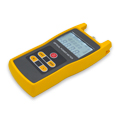
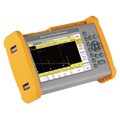
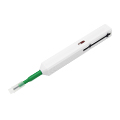
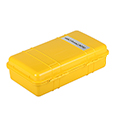
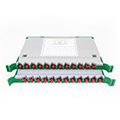
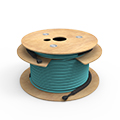
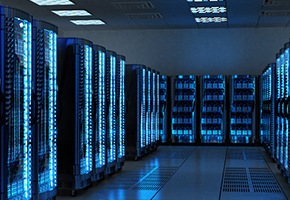


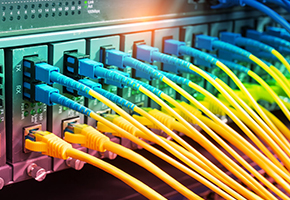














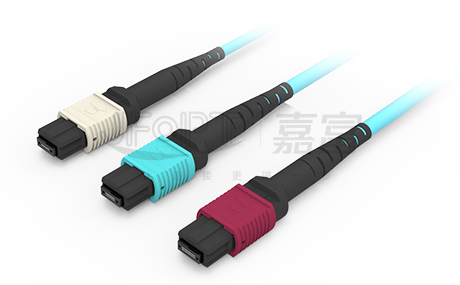
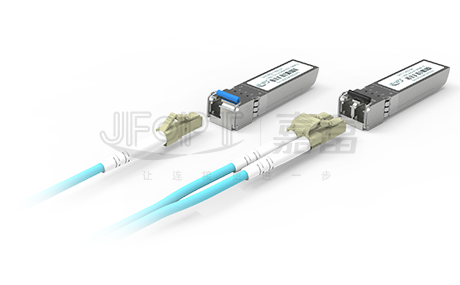
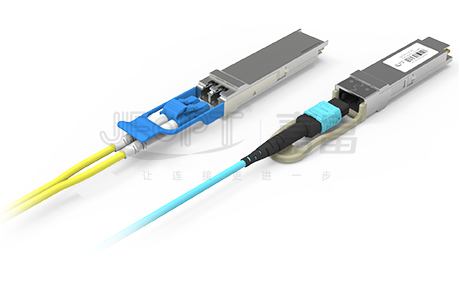
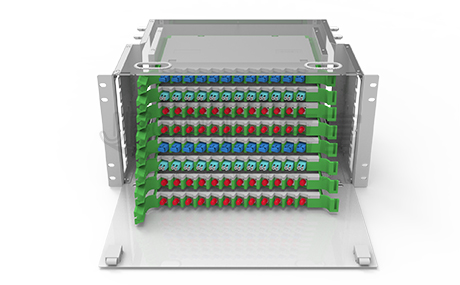
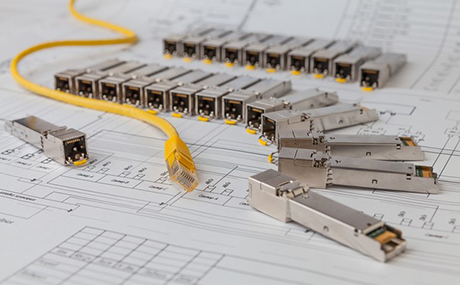
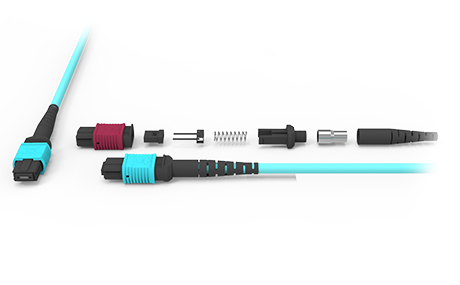
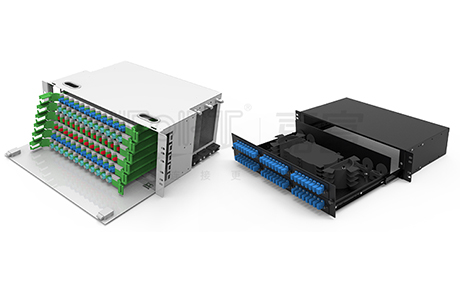
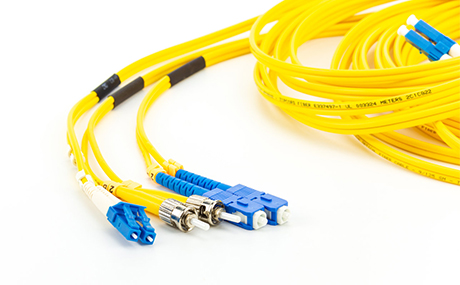
 Ann
Ann












